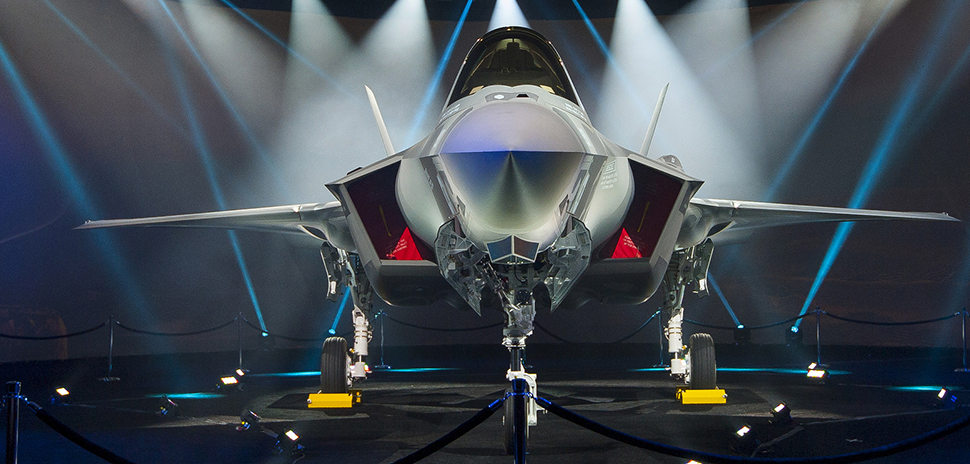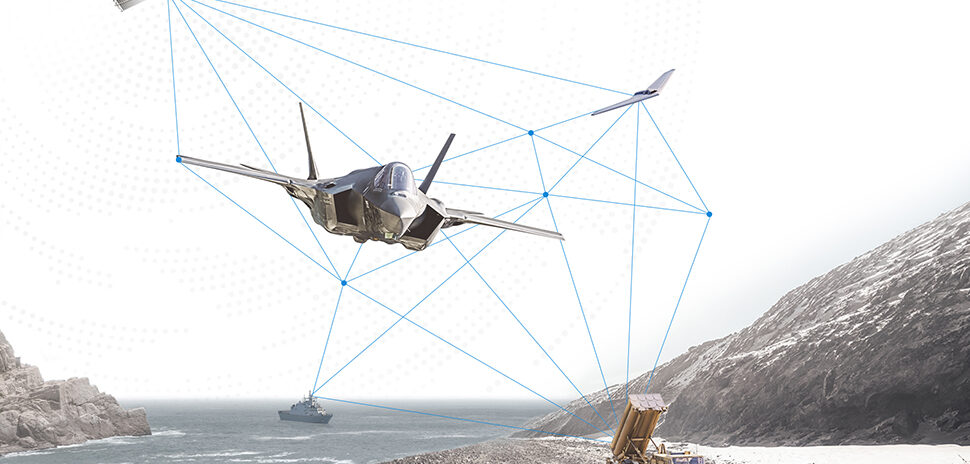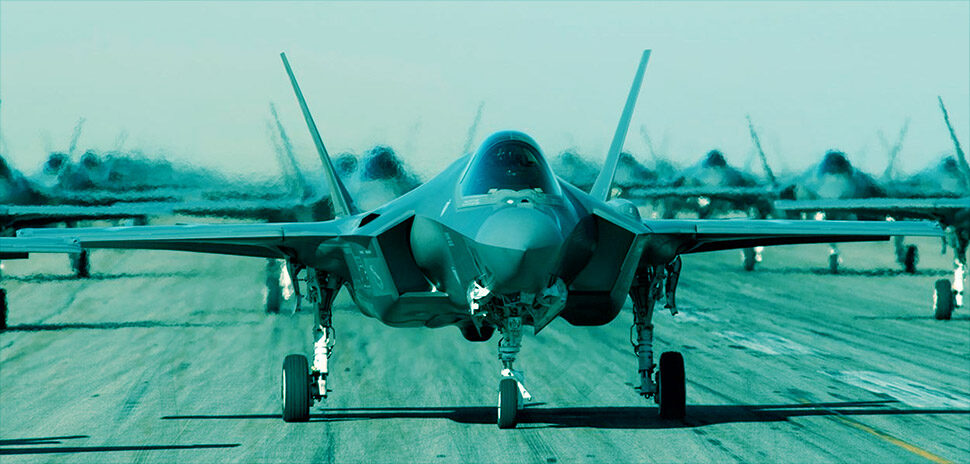Defense giant Lockheed Martin has looked ahead and identified the top technologies it said will play a major role in the years ahead for the defense and aerospace industry.
Lockheed Martin is a major employer in Dallas-Fort Worth, employing thousands of people at its Lockheed Martin Aeronautics division, based in Fort Worth, and its Missiles and Fire Control business unit based in Grand Prairie. The company is known for its F-35 and F-16 fighter jets, among other products.
Lockheed Martin’s top Technology Trends for 2018
![]() Digital Twin — The concept has been a round since 2000. Lockheed said basically a digital twin is a digital replica of a physical object or process, integrating artificial intelligence, machine learning, and sensor data to create a “living” model that supports a physical product during its lifecycle.
Digital Twin — The concept has been a round since 2000. Lockheed said basically a digital twin is a digital replica of a physical object or process, integrating artificial intelligence, machine learning, and sensor data to create a “living” model that supports a physical product during its lifecycle.
“This pairing of the virtual and physical worlds will allow us to head off problems before they emerge, reduce outages and costs, and even plan for the future by using simulations,” Noah Fehrenbacher, Lockheed Martin digital twin lead said.
![]() Hypersonics — The technology allows an aircraft or cruise missile to fly at more than Mach 5 — that’s more than 3,800 miles per hour — a real deterrent during conflict.
Hypersonics — The technology allows an aircraft or cruise missile to fly at more than Mach 5 — that’s more than 3,800 miles per hour — a real deterrent during conflict.
“Hypersonic technology will allow warfighters to quickly address threats before an adversary may have time to react,” said Fort Worth-based Bob Ruszkowski, director of Air Dominance and Strike Systems at Lockheed Martin Skunk Works. “It would be a game-changing capability, similar to how stealth technology changed airpower, and enabled the U.S. to have significant tactical and strategic advantages.”
![]() Machine Learning & Artificial Intelligence — Lockheed Martin AI expert Phil DiBona predicts they’ll become a ubiquitous part of life in the near future. The biggest leaps in this arena will occur via software systems that allow people to better collaborate with the technologies, he said.
Machine Learning & Artificial Intelligence — Lockheed Martin AI expert Phil DiBona predicts they’ll become a ubiquitous part of life in the near future. The biggest leaps in this arena will occur via software systems that allow people to better collaborate with the technologies, he said.
![]() Cyber & Electronic Warfare — Lockheed said in the form of radio, infrared, and radar, that these two will merge as a way to “disrupt, deny, degrade, deceive, and destroy adversaries’ electronic systems.”
Cyber & Electronic Warfare — Lockheed said in the form of radio, infrared, and radar, that these two will merge as a way to “disrupt, deny, degrade, deceive, and destroy adversaries’ electronic systems.”
![]() Autonomy & Human-Machine Collaboration — The company said that in 2018, it will focus on developing technologies to improve autonomy and human-machine teams. That would include tablets used by operators for rotary and fixed-wing aircraft, Lockheed said.
Autonomy & Human-Machine Collaboration — The company said that in 2018, it will focus on developing technologies to improve autonomy and human-machine teams. That would include tablets used by operators for rotary and fixed-wing aircraft, Lockheed said.
![]() Directed Energy — This also appeared on Lockheed’s 2017 list because there is a lot of interest in the military applications for lasers and other directed energy weapons.
Directed Energy — This also appeared on Lockheed’s 2017 list because there is a lot of interest in the military applications for lasers and other directed energy weapons.
“Lasers are the best match for high-volume, low-cost threats,” Iain McKinnie, of directed energy business development, said.
If you’re interested in learning more about what lies ahead for Lockheed, go here.
![]()
Get on the list.
Sign up to keep your eye on what’s new and next in Dallas-Fort Worth, every day.
And, you’ll be the first to get the digital edition of our new Dallas Innovates magazine:
The annual edition publishes in January






































































